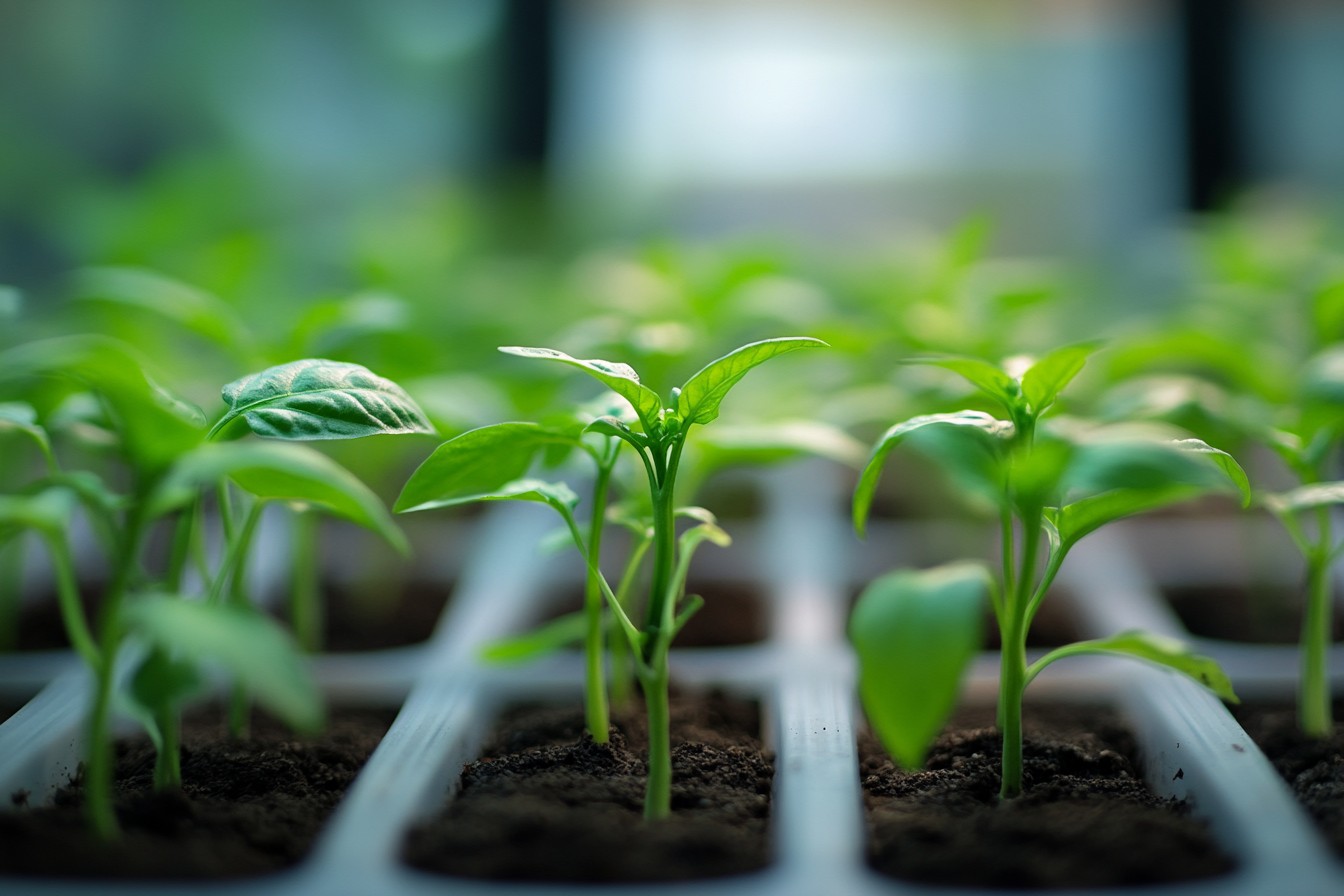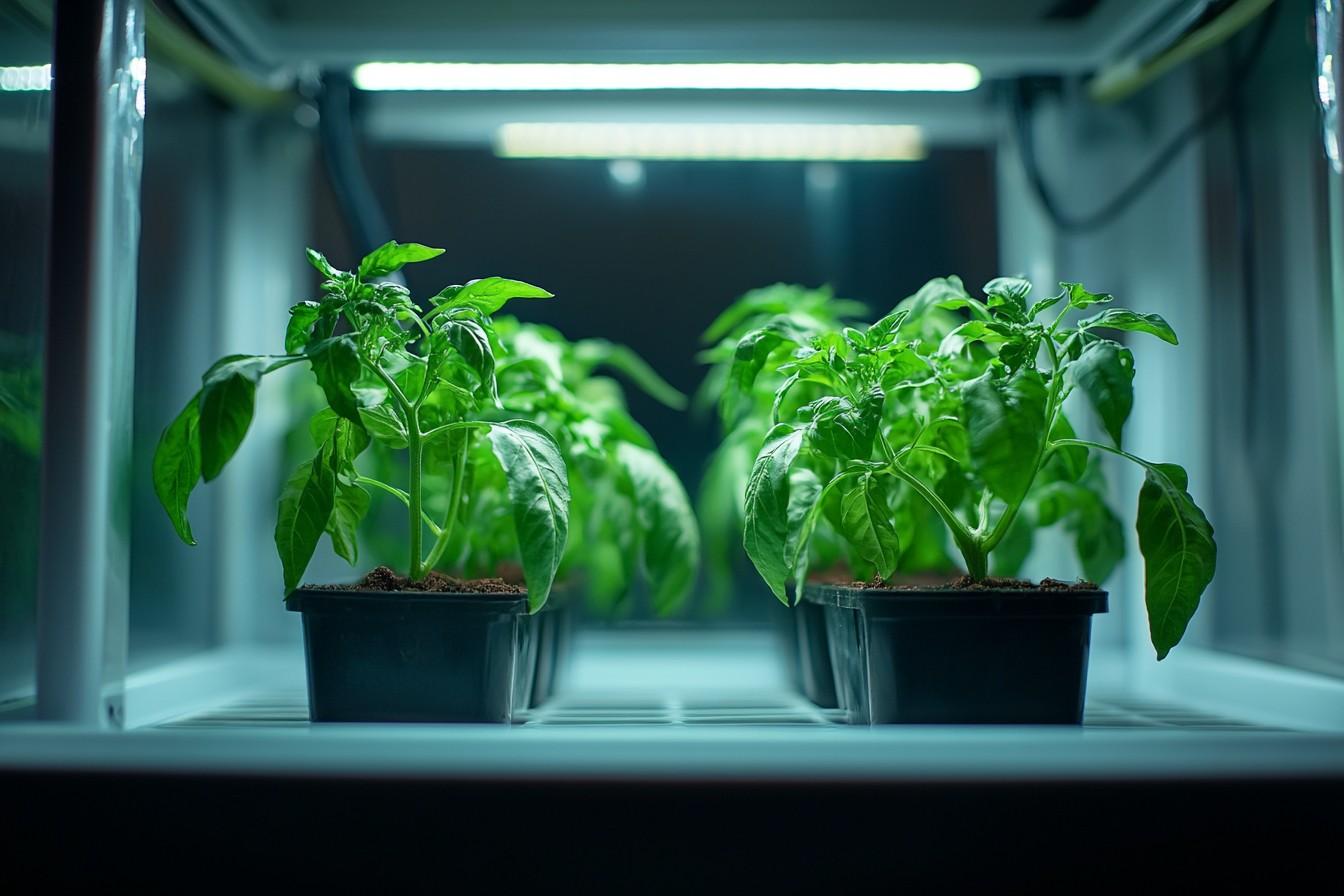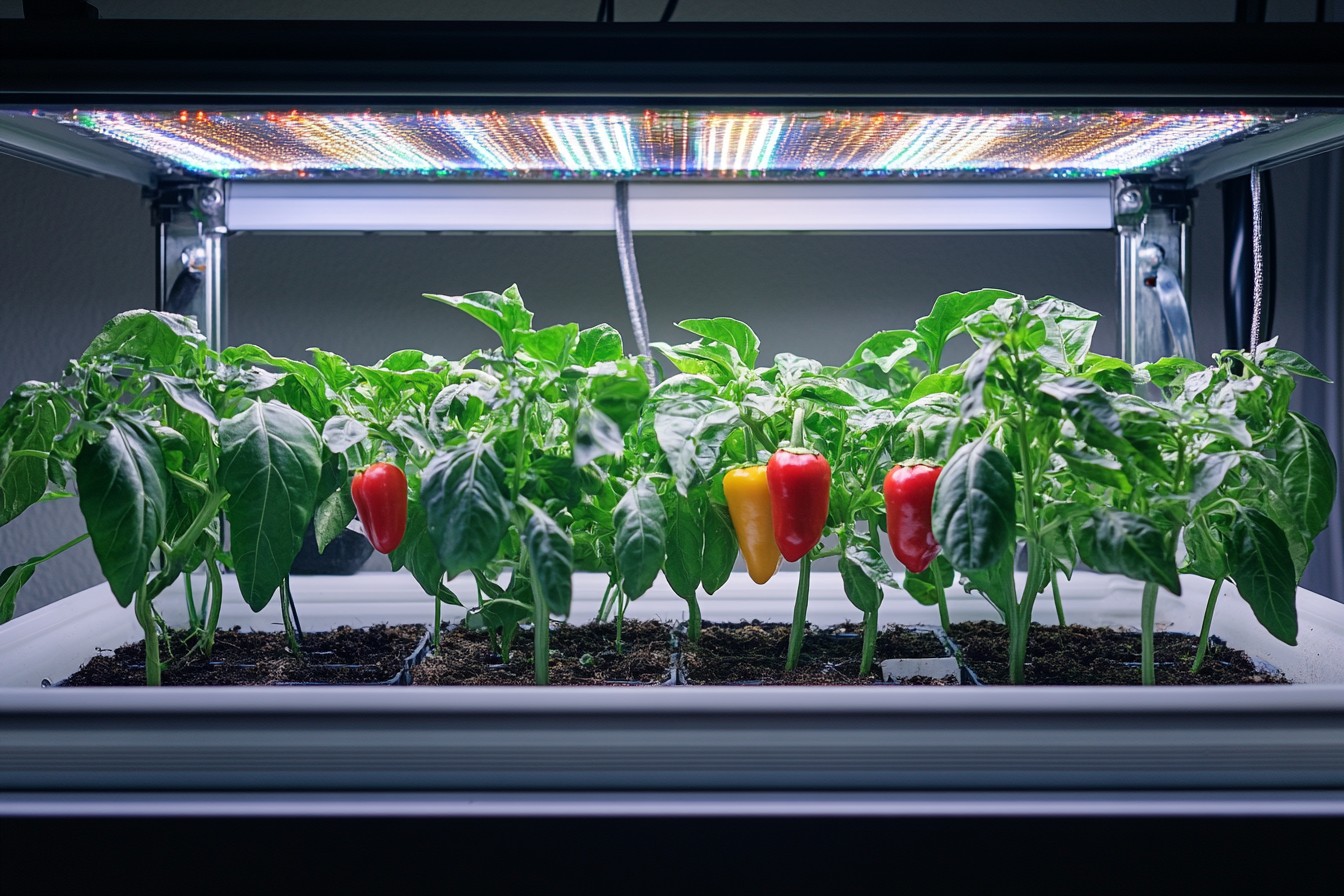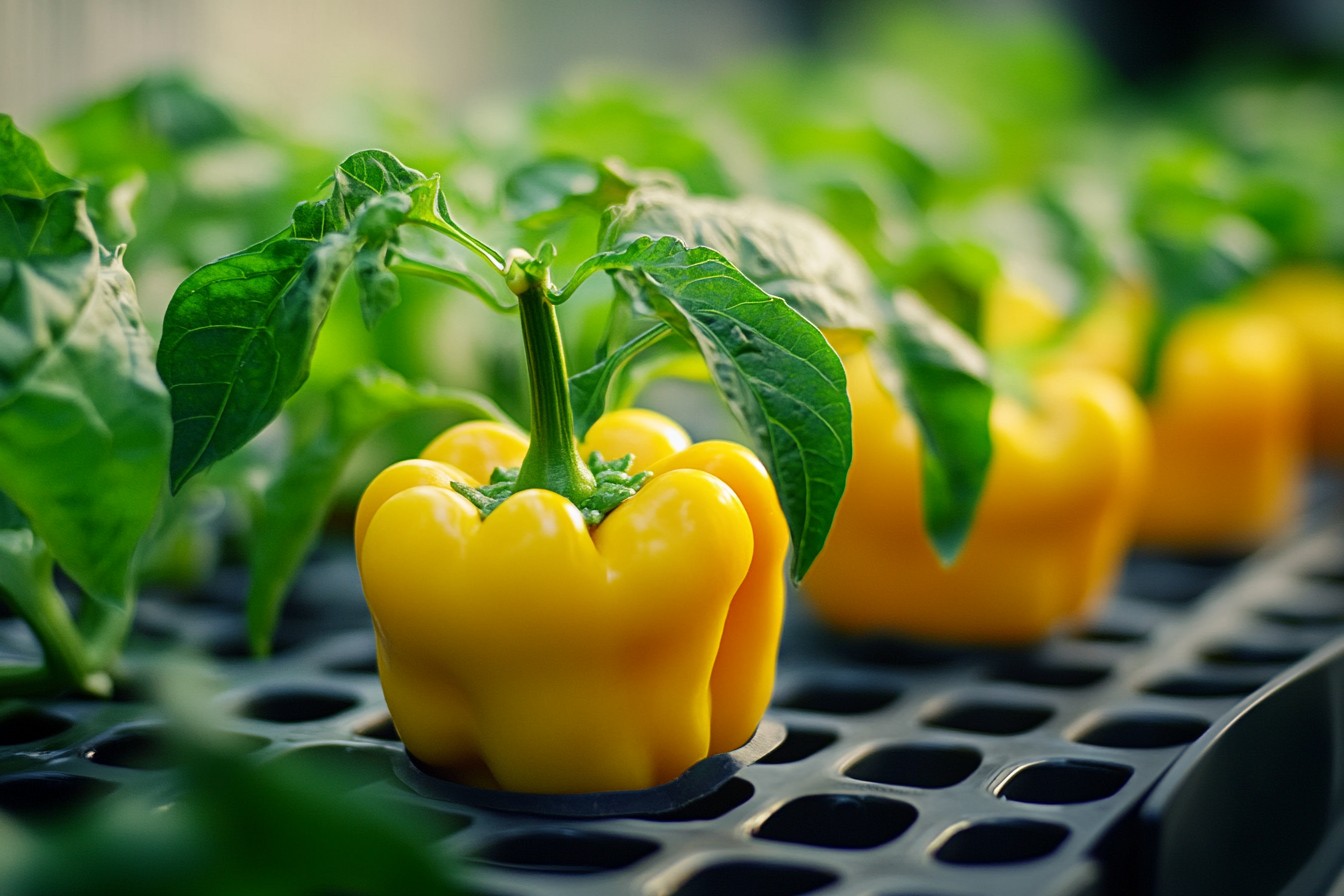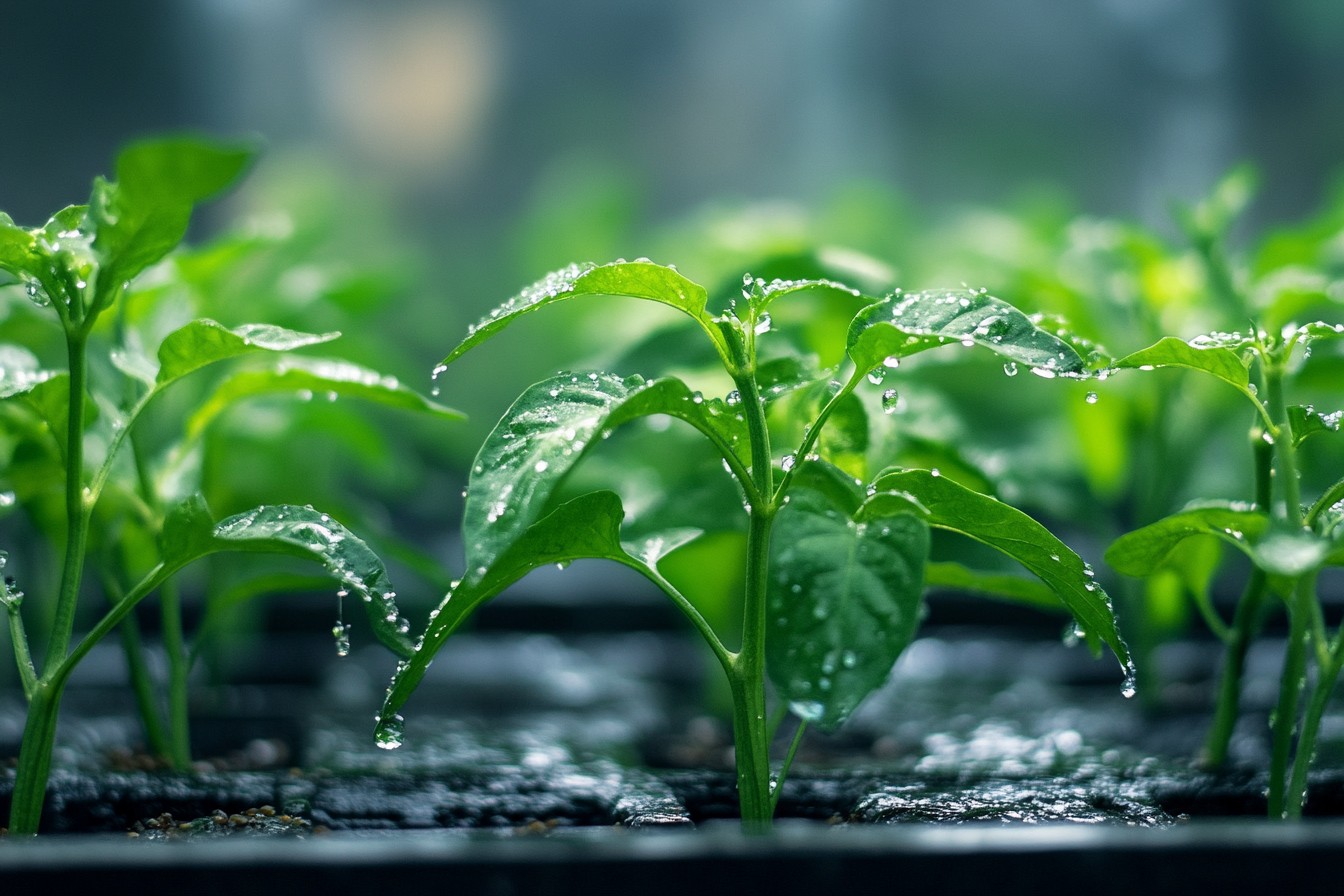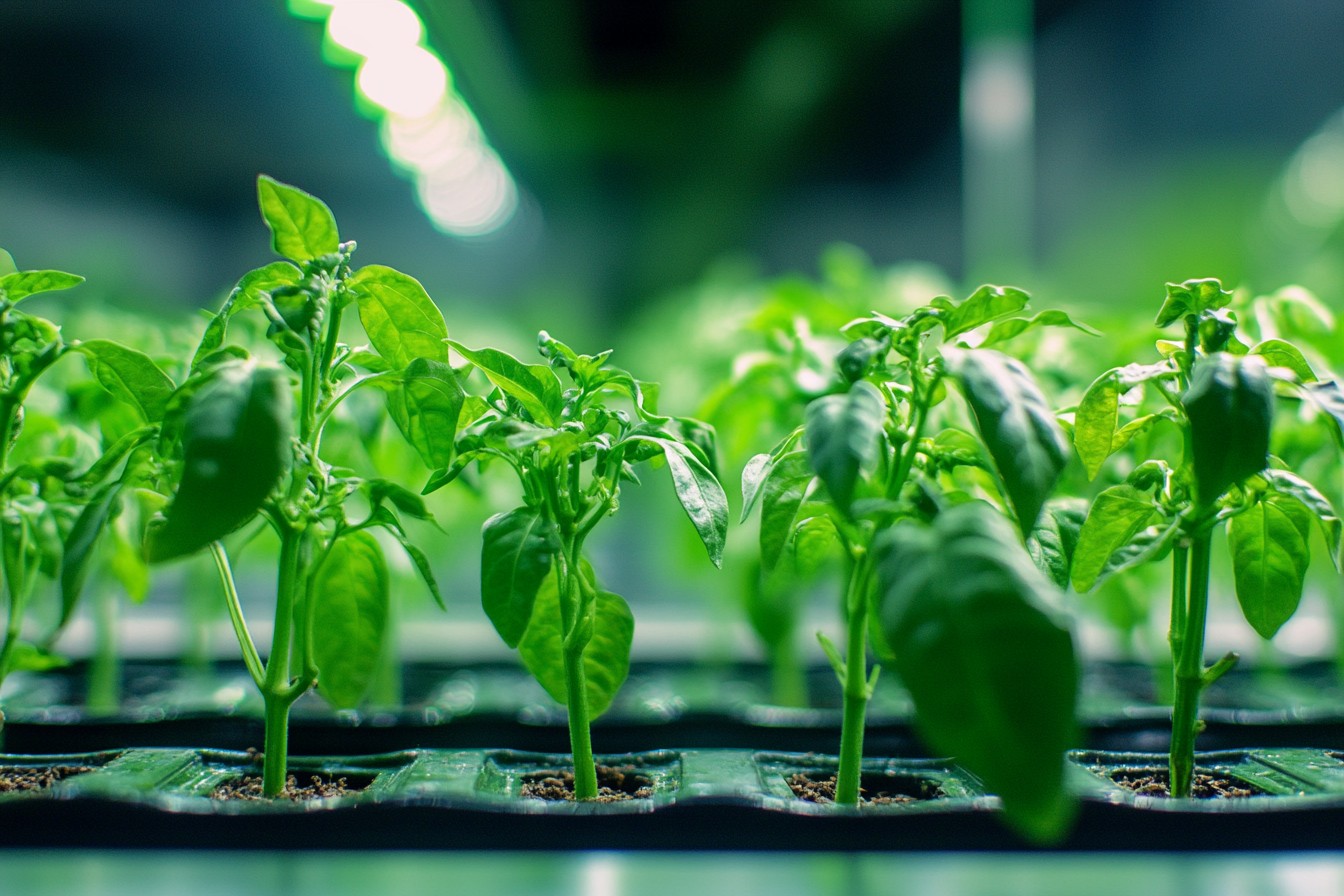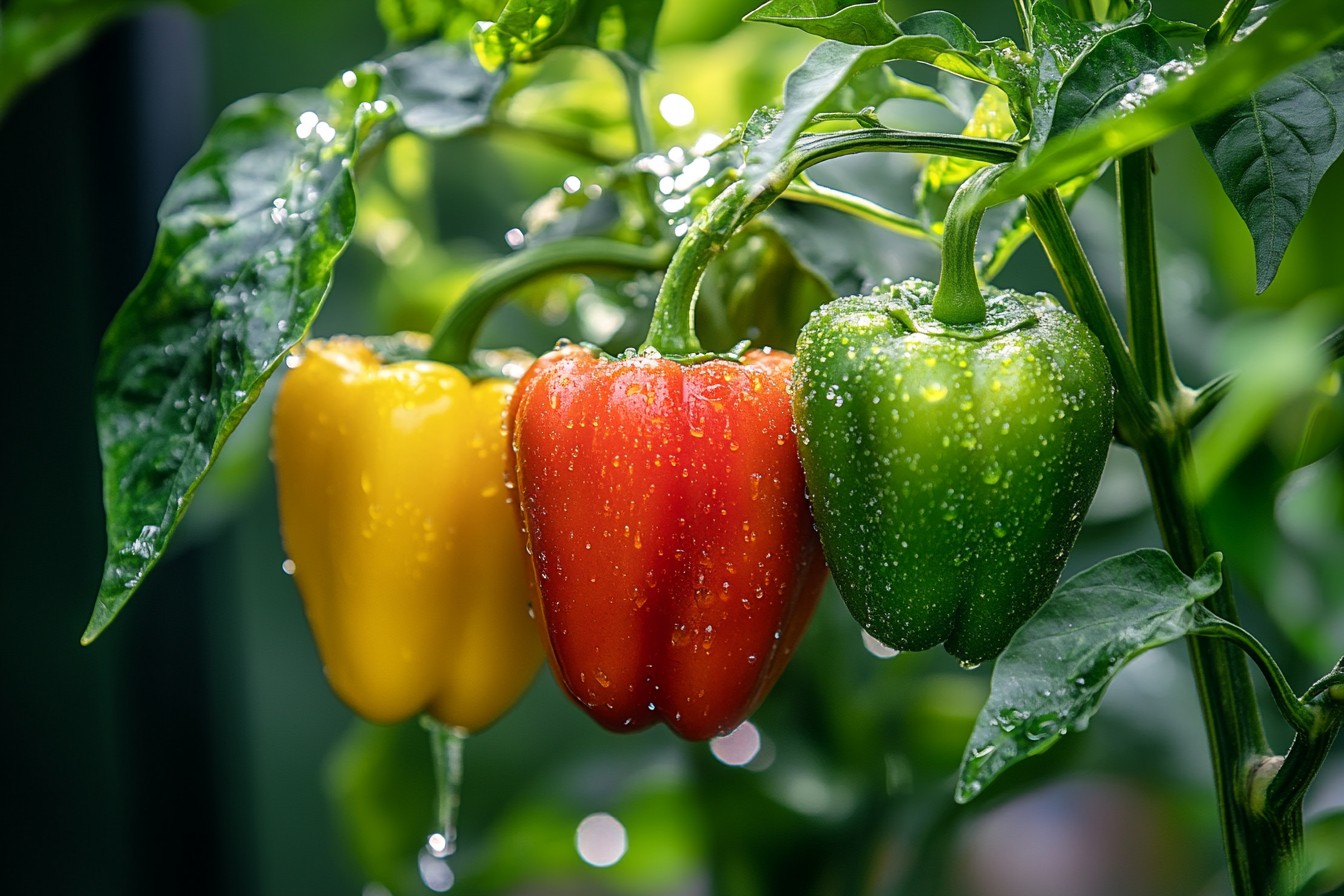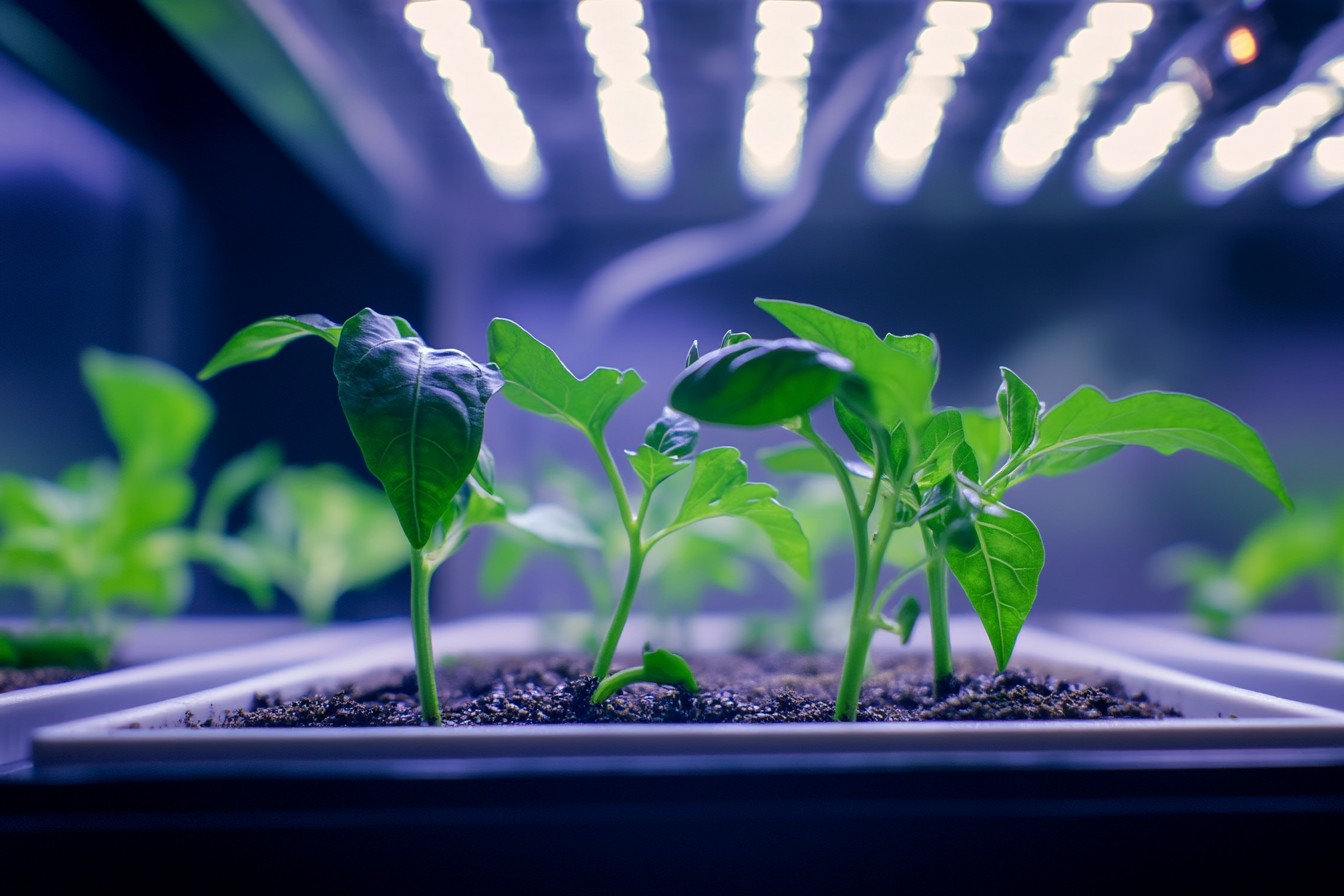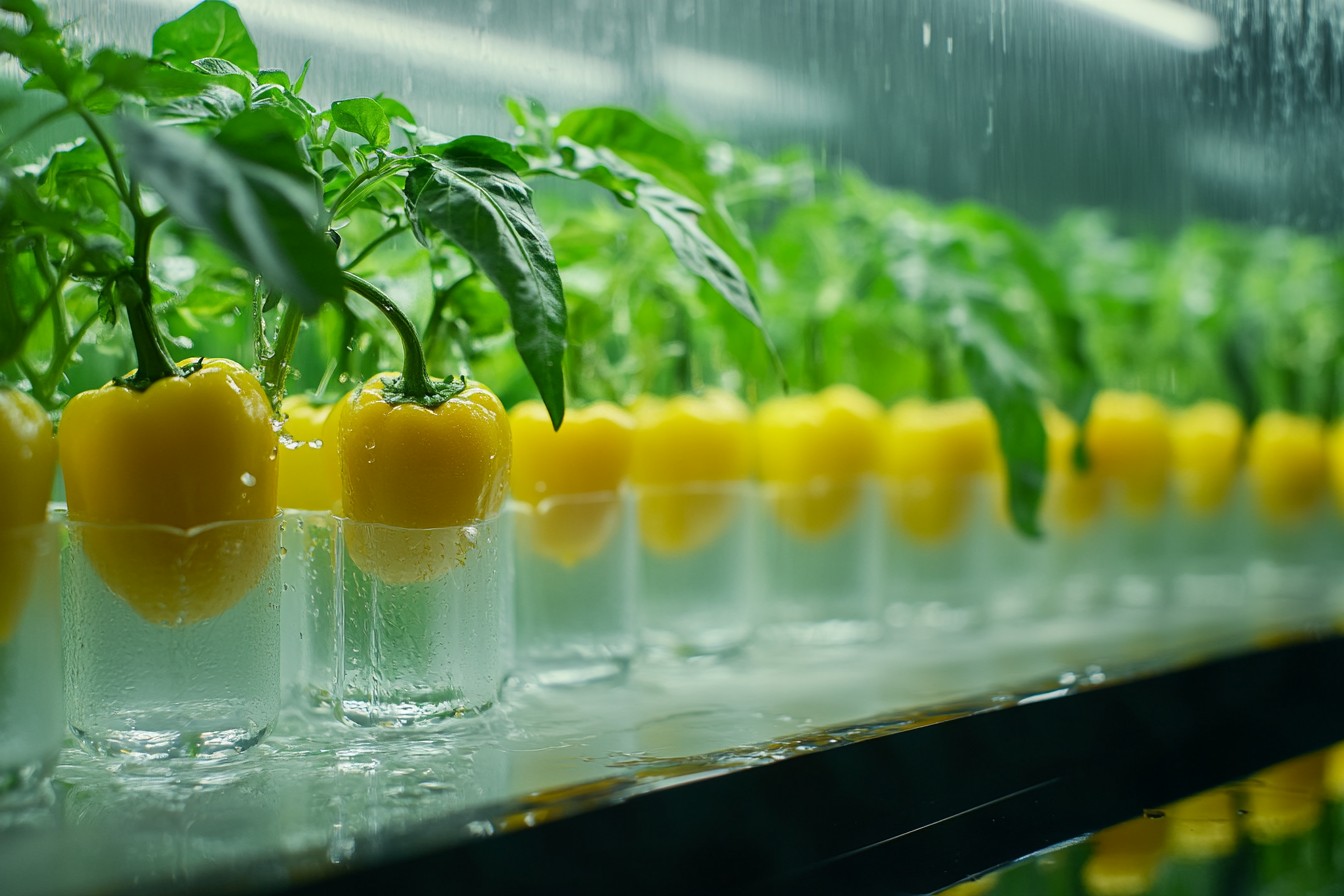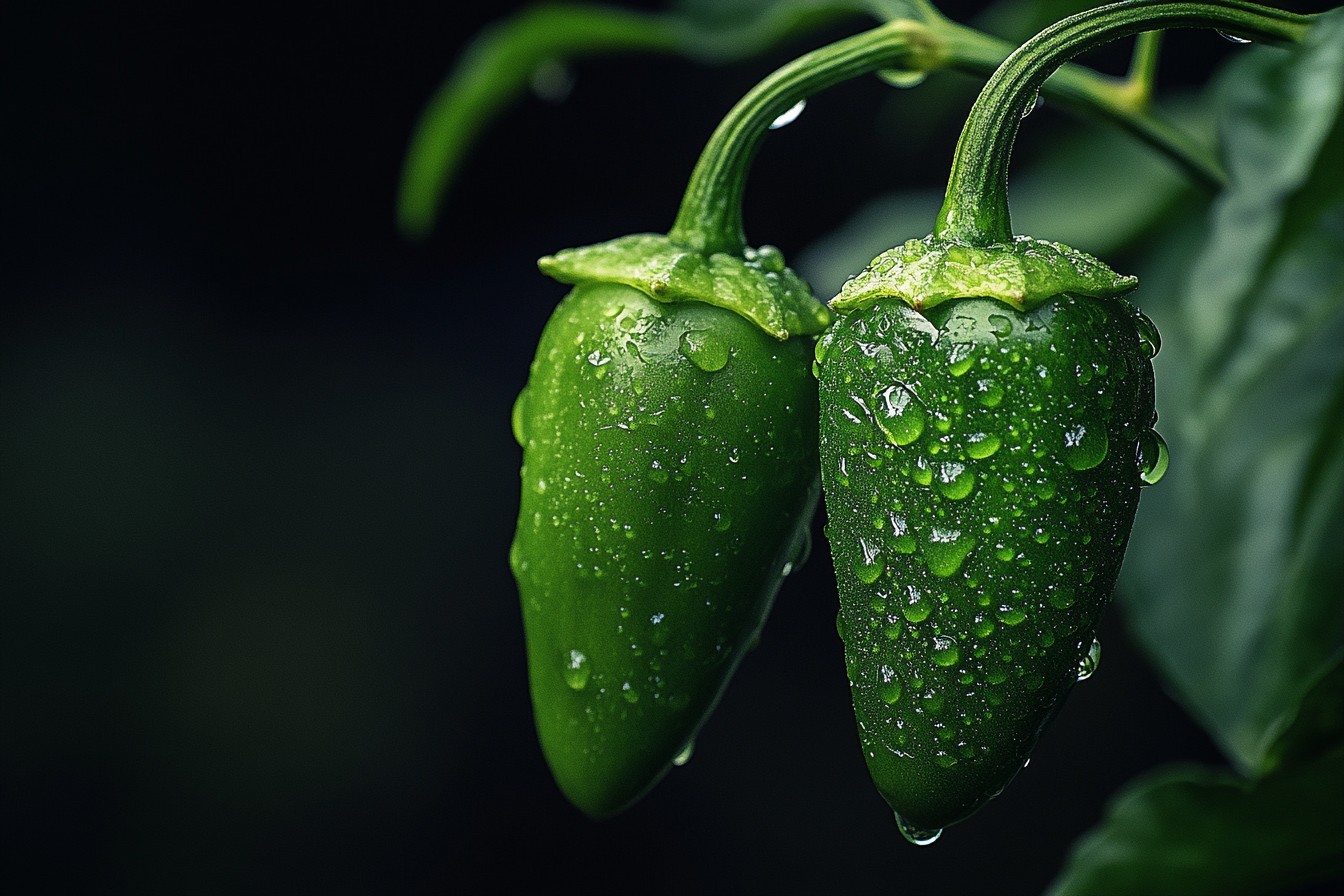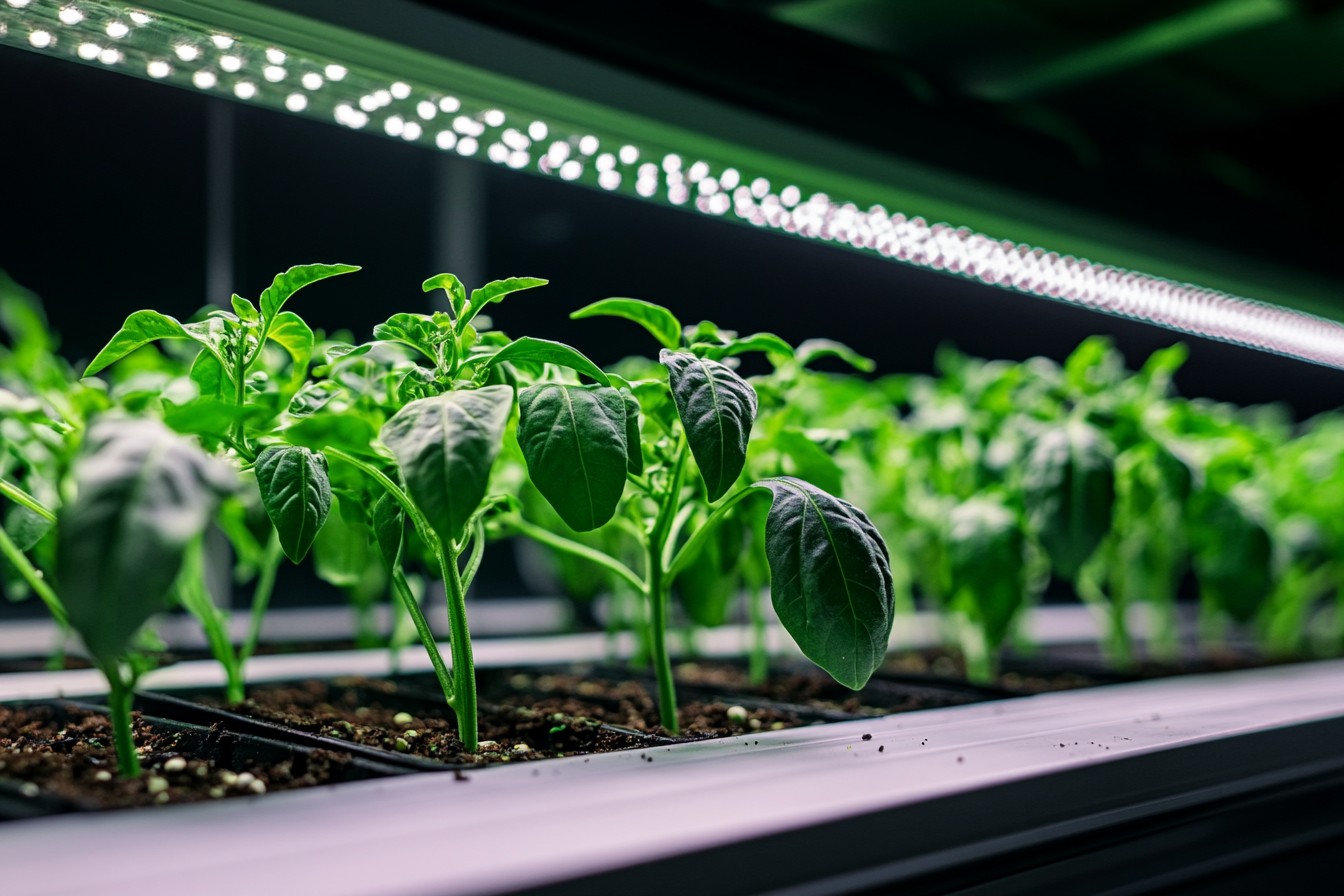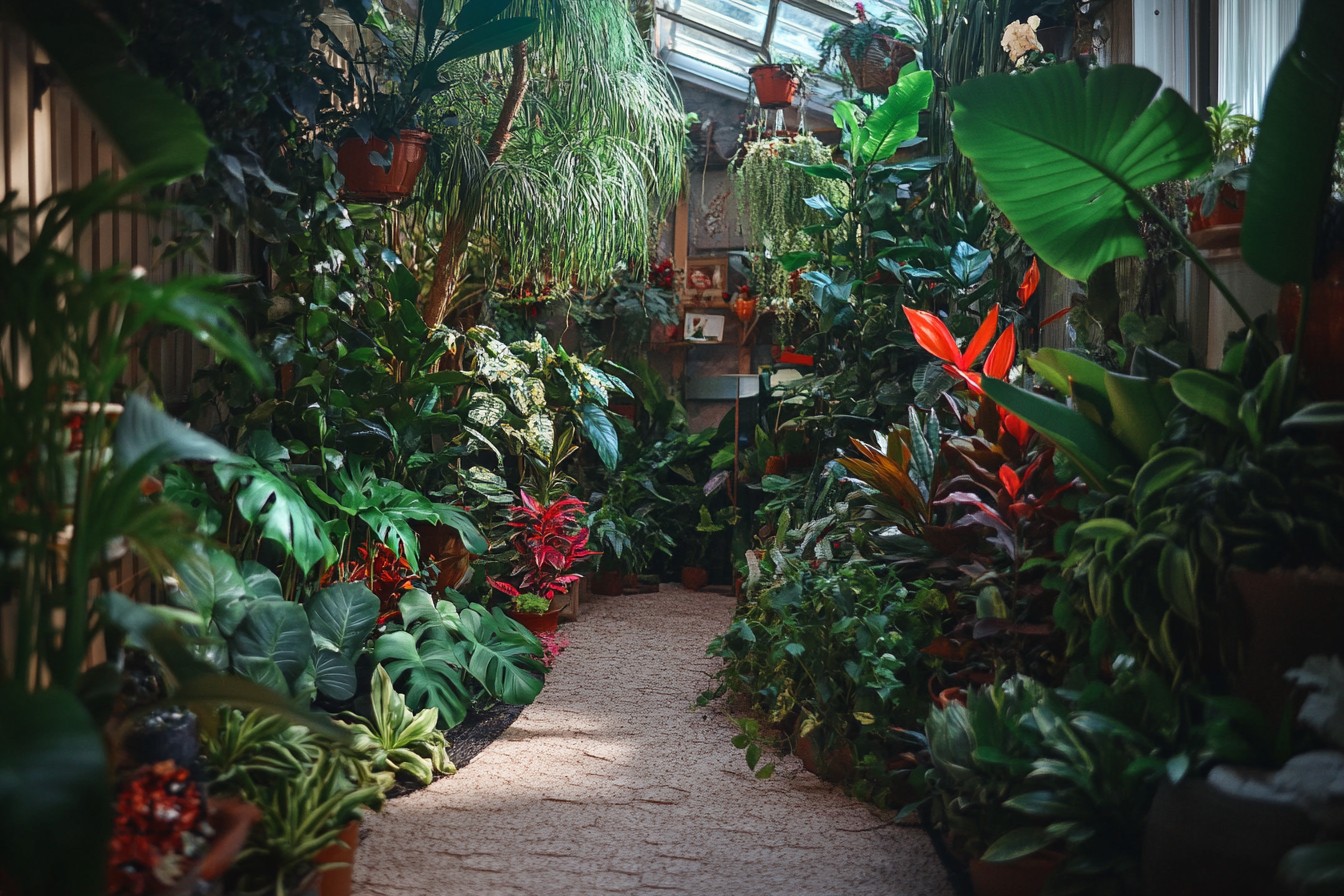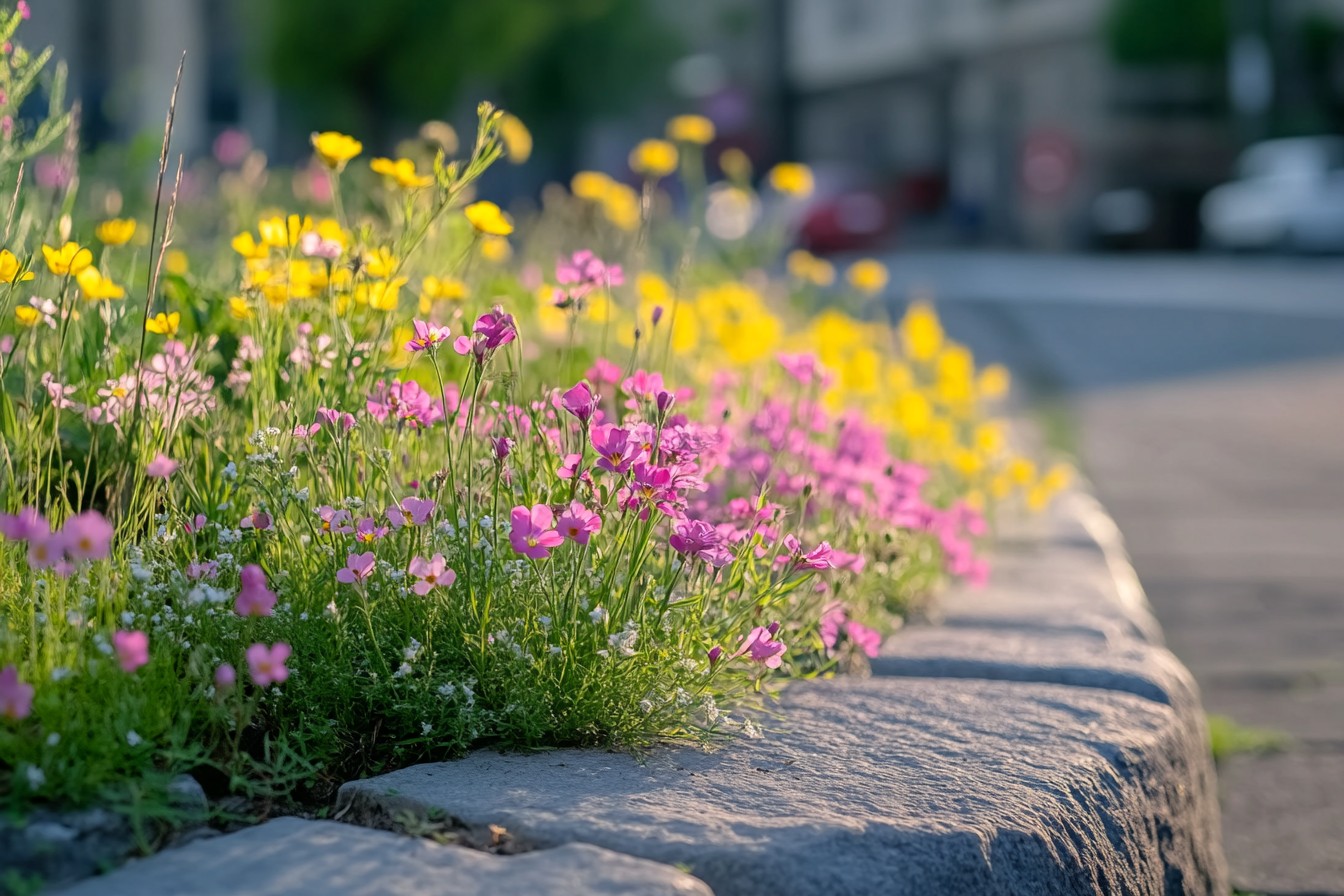The first time I tried growing hydroponic peppers, I killed them with kindness. Not the gentle, well-meaning kind of kindness, but the overeager, helicopter-parent kind where I checked them literally every hour, adjusted nutrient levels if they were even 0.1 point off my target, and generally stressed about them more than I’ve stressed about actual human children. Those poor jalapeño seedlings never stood a chance.
They made it exactly 17 days before giving up the ghost, their stems thin and leggy, their few leaves yellowed at the edges – basically the plant equivalent of saying, “Please, just leave me alone already.”
Looking back, that failure makes perfect sense. I was treating my pepper plants like they were in the ICU rather than just, you know, growing. Plants have been doing their thing without human micromanagement for millions of years.
Turns out they don’t appreciate being helicoptered any more than teenagers do. That was three years and approximately 147 pepper plants ago. Since then, I’ve refined my approach through the time-honored tradition of killing plants and taking notes.
My current hydroponic pepper garden produces about 15 pounds of various peppers every growing cycle with minimal intervention, all in a spare corner of my apartment that used to house an exercise bike I never used. Life improvements all around, I’d say. So let me walk you through the full pepper journey, from tiny seed to spicy harvest, with all the mistakes and breakthroughs I experienced along the way.
Consider this less of an expert tutorial and more of a “learn from my plant homicides” guide. It all starts with germination, which is where I made my first major mistake. I tried germinating my pepper seeds directly in the hydroponic net pots, nestled in rock wool cubes.
This works for lettuce and other quick-sprouters, but pepper seeds take their sweet time deciding to grow. Meanwhile, the constantly moist rock wool became a premium breeding ground for algae and fungus. By the time my pepper seeds finally decided to emerge (about 9 days later), they were basically fighting through a swamp of green slime.
Not ideal. My solution was embarrassingly simple: start peppers the old-fashioned way. I now use the paper towel method – seeds wrapped in a damp paper towel, placed in a ziplock bag in a warm spot (on top of my router, which maintains a perfect 78°F).
Once they sprout – usually 5-7 days for most pepper varieties – I transfer them to 1-inch rock wool cubes that have been properly soaked and pH-balanced to about 5.8. This simple change increased my germination success rate from around 60% to nearly 95%. The seedling phase is where patience becomes your best friend, and impatience becomes a serial plant killer.
My early attempts at growing hydroponic peppers failed partly because I expected them to grow as quickly as hydroponic lettuce. Spoiler alert: they don’t. While lettuce might double in size every few days, pepper seedlings spend a lot of time looking like they’re doing absolutely nothing.
In reality, they’re developing root systems and plotting world domination, but visually, it’s about as exciting as watching paint dry. During this stage, I keep them under T5 fluorescent lights about 12 inches from the tops of the plants, running 16 hours a day. The seedlings live in small 2-inch net pots placed in a simple NFT (Nutrient Film Technique) channel I built from 4-inch PVC pipe cut in half lengthwise.
The nutrient solution during this phase is diluted to about half-strength – around 600 PPM (parts per million) – with a pH between 5.8-6.2. Temperature stays between 70-78°F during the day, and not below 65°F at night. My biggest lesson during the seedling phase: don’t rush the transition to the main hydroponic system.
My early attempts had me moving 2-week old seedlings with just a few tiny leaves into my full DWC (Deep Water Culture) system. Most didn’t make it, and those that did took forever to recover from the shock. I now wait until they have at least 6-8 true leaves and are about 6 inches tall – usually around the 4-5 week mark, depending on the pepper variety.
Ghost peppers and habaneros tend to take longer than jalapeños or bell peppers. The transplant into the main growing system is a critical moment – kind of like sending your kid off to college. They’re going to be more independent, but the transition can be rough.
My main system is a modified DWC setup using 5-gallon buckets. Each bucket gets one pepper plant, which sounds excessive until you see how massive hydroponic peppers can get when they’re happy. My transplant process is methodical bordering on obsessive.
I prepare the buckets a day ahead, filling them with nutrient solution at about a 700 PPM concentration, pH balanced to 6.0 exactly, and with an air stone pumping oxygen into the solution. The seedling’s rock wool cube gets placed in a 3-inch net pot surrounded by expanded clay pellets, with the bottom of the rock wool just barely touching the nutrient solution. This encourages the roots to reach downward for moisture.
For the first 5-7 days after transplant, I reduce the light intensity by raising my LED panel about 6 inches higher than normal and reduce the duration to 14 hours. This gives the plants time to adjust without stressing them too much. I learned this trick after watching an entire cohort of seemingly healthy pepper seedlings go into shock and drop most of their leaves after transplant.
Plants, like people, don’t appreciate abrupt changes. Once established in the DWC system, peppers enter what I call the “exponential phase.” After weeks of seemingly doing nothing, they suddenly take off. It’s like they’ve been planning this growth spurt all along, which, biologically speaking, they have been.
During this phase, stems thicken, plant height can double or triple within weeks, and leaf production goes into overdrive. This is when I gradually increase the nutrient concentration to full strength – around 1200-1400 PPM for most pepper varieties (I go a bit lower for bell peppers at 1000-1100 PPM). The pH needs more frequent adjusting during this growth explosion, as the plants start consuming nutrients at different rates, which can quickly throw off your water chemistry.
I check and adjust pH every 2-3 days, aiming to maintain it between A.8-6.2. Any higher and I start seeing nutrient lockout issues with calcium and magnesium; any lower and phosphorus becomes less available. My lighting during this phase is critical.
Peppers love light, and lots of it. I upgraded to a 320-watt LED panel with adjustable spectrum, positioned 18 inches above the canopy and running for 16 hours daily. The investment (a painful $275) paid for itself through significantly increased yields.
My previous setup using two 45-watt panels produced peppers, but they were smaller and fewer. The current lighting setup increased my yields by approximately 60% compared to my earlier attempts. Temperature management becomes crucial during the vegetative stage.
Peppers thrive in warmth, with optimal daytime temperatures between 75-82°F and nighttime temperatures not below 65°F. My apartment isn’t naturally this warm year-round (especially at night), so I installed a small space heater with a thermostat controller ($34) near my growing area. On particularly cold winter nights, I also drape a thermal reflective blanket over the entire setup to retain heat – not the most aesthetically pleasing solution, but effective.
Around week 8-10 from seed (depending on variety), things get exciting: flower production begins. The first time I saw tiny white flowers forming on my hydroponic peppers, I literally called my mom to share the news. She was appropriately confused about why I was so excited about plant puberty, but politely pretended to share my enthusiasm.
This flowering stage requires some nutrient adjustments. I reduce nitrogen levels slightly and increase phosphorus and potassium by switching to a bloom-focused nutrient solution, still maintaining overall PPM between 1200-1400. This encourages the plant to focus energy on flower and fruit production rather than just making more leaves.
I also reduce the lighting period to 12 hours, which signals to the plant that it’s time to reproduce. Pollination in an indoor setup was initially a mystery to me. My first flowering hydroponic peppers looked promising but then dropped their flowers without setting fruit.
After some research and mild panic, I learned that peppers are self-pollinating but benefit from some assistance indoors where there’s no wind or insects. My high-tech solution? An electric toothbrush.
Touching the back of open flowers with a gently vibrating toothbrush for a few seconds dislodges pollen and significantly increases fruit set. My fruiting success rate went from about 30% to nearly 80% with this simple trick. The bathroom toothbrush holder now permanently houses “the plant toothbrush,” which my girlfriend has labeled to prevent unfortunate mix-ups.
Once peppers start forming, patience again becomes essential. The first tiny peppers are cause for celebration, but they take their sweet time growing to full size. Bell peppers can take 35-45 days from fruit set to harvest readiness in my hydroponic setup, while smaller hot peppers like jalapeños take about 25-30 days.
This is actually faster than soil-grown equivalents by about 20%, but when you’re checking them every day, it still feels glacial. During fruiting, plants need consistent water levels – any stress from the reservoir running too low can cause blossom end rot or fruit drop. I learned this lesson the hard way during a weekend trip when my reservoir levels dropped too low and I came home to peppers with black bottoms.
Now I overcompensate with a reservoir level monitor that costs more than it should ($45) but gives me peace of mind. Nutrient needs shift again during heavy fruiting. Calcium becomes particularly important, and I supplement with CalMag in addition to my standard bloom nutrients.
I also increase the reservoir changes to every 7 days during peak fruiting, as the plants drink and eat much more rapidly during this phase. Harvest time is both satisfying and strategic. I’ve found that harvesting peppers as soon as they reach full size and color encourages the plant to produce more.
My first mistake was letting peppers hang on the plant too long, essentially signaling to the plant that its reproductive job was done. Now I harvest aggressively, which has increased my overall yield by about 35%. The total time from seed to first harvest averages 90-110 days for bell peppers, 75-90 days for jalapeños, and 100-120 days for ghost peppers and habaneros.
But unlike soil gardens where there’s a defined season, my hydroponic peppers keep producing year-round. Individual plants remain productive for about 8-10 months before yields start to decline, at which point I start new seedlings to replace them. The strangest thing I’ve noticed with hydroponic peppers is how the flavor differs from soil-grown varieties.
My hydroponic jalapeños are consistently more uniformly spicy, while soil-grown ones seem to vary more in heat level. Bell peppers grown hydroponically have a slightly stronger flavor and denser flesh. Habaneros seem to reach higher Scoville heat levels in my hydroponic setup – a discovery my friend Mike made the hard way when he popped an entire one in his mouth on a dare.
(Sorry again, Mike.)
For anyone considering this journey, here’s my candid assessment: Hydroponic pepper growing isn’t easier than soil growing – it’s just differently difficult. Instead of dealing with weeds, pests, and weather, you’re managing water chemistry, light cycles, and pollination. The startup costs are higher ($200-300 for a basic but effective setup), and the learning curve is steep.
But the ability to grow peppers year-round in a spare corner of an apartment, harvesting fresh jalapeños in the middle of December while it’s snowing outside, feels like having a superpower. My current pepper garden includes eight plants: two bell pepper varieties, two jalapeños, one serrano, one habanero, one ghost pepper, and one Carolina Reaper that I’m growing mostly for bragging rights because it’s too hot for me to actually eat. Together they produce about 3-4 pounds of peppers monthly in a system that takes up approximately 12 square feet of floor space.
The ghost pepper plant, which I’ve named Casper (original, I know), is currently the oldest at 9 months from seed and has produced 57 peppers so far. The newest plant is a “Chocolate Bell” variety that’s just starting to flower at 9 weeks old. And yes, I still talk to them sometimes when I’m checking pH levels or harvesting, but I’ve stopped hovering quite so much.
Turns out peppers, like most living things, do better with some benign neglect than with helicopter parenting. A lesson that probably applies to more than just gardening.

